What is Tempeh? Nutrition, Health Benefits, How to eat
4 Min Read
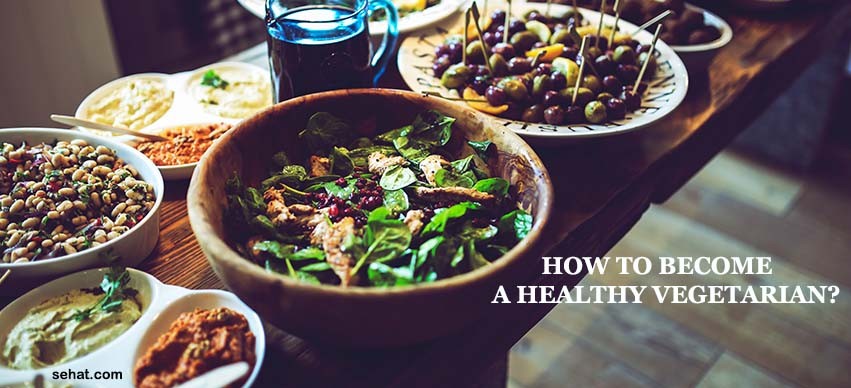
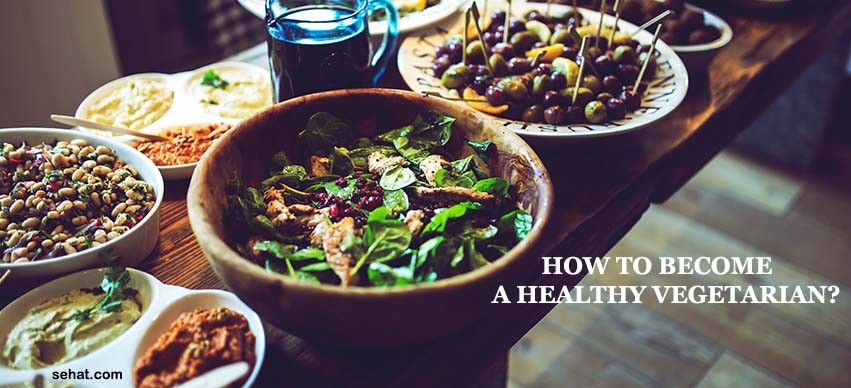
That sounds more or less going for sweet sugar; isn’t vegetarianism the only option when all that someone wants is staying out of health-related complications long-term? But hold on, maybe you missed out a point here. The idea is eating vegetables and not becoming one, so you got to choose a vegetarian diet that suits your needs.
There are different types of vegetarianism. Some are strict in its real sense while others are less stringent and slacken the rules quite a bit, often alluring even the staunchest of meat-eaters looking for a quick and simple, weekend-detox. This is semi-vegetarianism, though the American Vegetarian Society doesn’t consider it vegetarianism at all and that’s justified; you cannot expect being called a vegetarian just excluding red meat from your diet. For that, you need to opt for a bit more sacrifice. And here comes the catch.
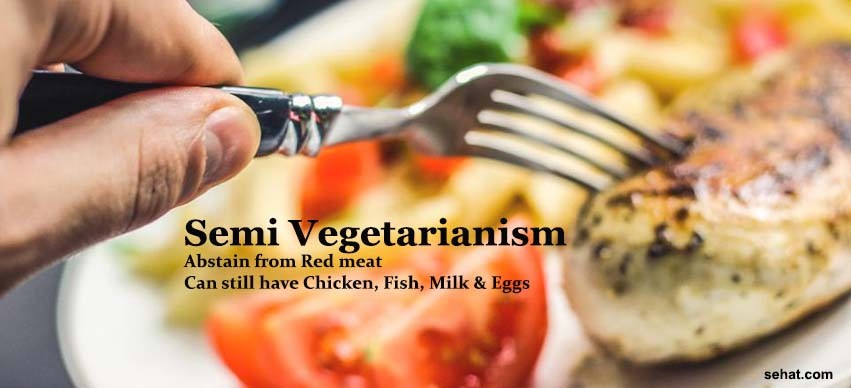
Over the years, the body gets used to certain foods, which can be termed dependence; cutting out on it all of a sudden makes the entire system go awry. Therefore, turning into a healthy vegetarian and finally adapting to healthy vegetarianism requires you considering all the four stages; you just can’t jump from above the cliff to the cool waters underneath. It is essential knowing how to avoid the rocks, i.e. obtain enough protein, iron, calcium and the rest and stay healthy while progressing and settling for to a more restrictive vegan diet.
Start with the liberal flexitarian diet, which is essentially tapering down on meat consumption. It doesn’t matter if you are gluten intolerant or suffering from IBS. Flexitarian is being on and off on meat products, which helps the body to adjust to meat-less situations and is more like testing the waters. Next comes semi-vegetarianism (mentioned formerly), which essentially means cutting down on red meats. It makes the transition to the super restrictive vegan style easier and cuts the cravings up to a great extent.
Pescatarianism comes next; this is when you discard the remaining meat types (pork, chicken, turkey, duck/geese), one by one but continue with fishes, shellfishes, dairy products and eggs.
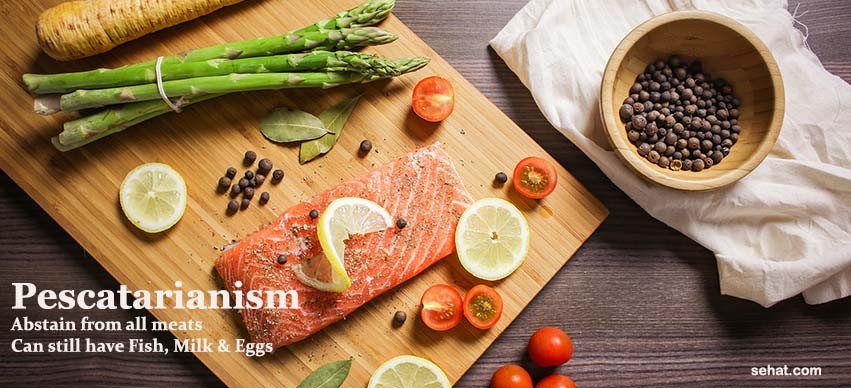
The next step is graduating to Lacto-ovo vegetarianism; this is when you abstain from all that’s meaty but not eggs or dairy. This conditions your body to buffer against calcium and amino acid deficiencies; both eggs and milk derivatives are wonderful sources of vitamins, minerals and many of the amino acids, including calcium.As for the final step, you weed out dairy first and then, eggs; from here, you shift towards pure vegetables (and fruits) – the veggies first in cooked form and then, steamed/baked and finally, raw. But a word of caution: A purely vegetarian diet sometimes makes people run low on B12 vitamin, an essential component for the neurons and may trigger blindness. Therefore, it is essential that multi-vitamin supplements be taken alongside.
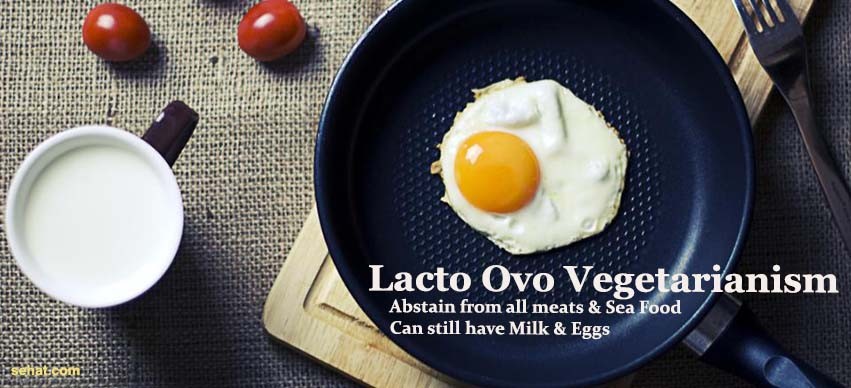
Man was essentially born as a meat eater and it’s only for around 10,000 to 12,000 years got accustomed to farming and cultivation. Thus, our genome is not suitable for an entirely vegetarian diet; neither for grains, which comprise high amounts of glycoprotein as their defensive mechanism. Those with celiac or gluten intolerance are a burning example of the fact that the human system is not exactly meant to survive on a diet devoid of animal proteins and therefore, the body needs to be conditioned over at least a year’s time to get used to alternative food sources and obtain its basic requirements from them. That way, it shall be able to sustain itself on plant matter, which is the basic idea of what healthy vegetarianism should be.